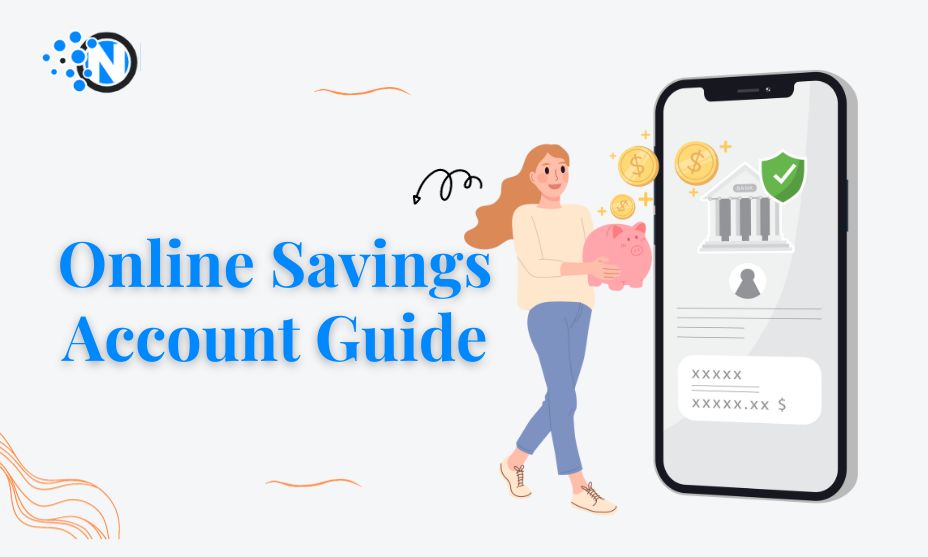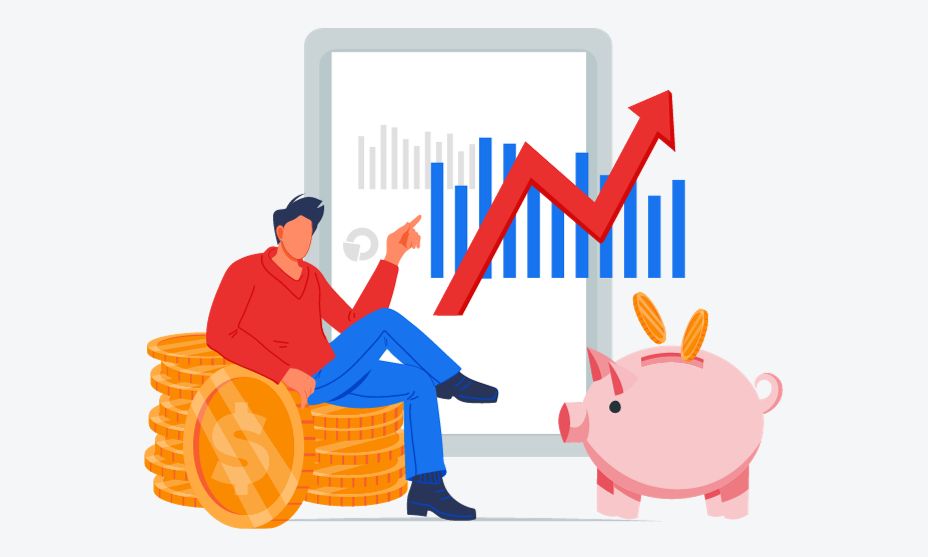How Much Should You Have in an Online Savings Account?

Every month you manage to sock away money is another month where your savings will grow. Eventually, this stash of cash will develop into an emergency fund you can use to cover unexpected repairs and expenses.
But how do you know whether your emergency fund is up to snuff? While there’s no way for certain to predict the exact cost of your next unexpected expense, you can figure out what you need to feel secure.
This article is here to help you find what security means to you. But first, let’s discuss why online savings are so important, and what the pros have to say about emergency funds.
Why Do You Need an Online Savings Account?
Without an emergency fund, handling the unexpected can be challenging. Your typical paycheque may not stretch far enough to cover this unexpected expense and your typical responsibilities at the same time.
For most people, a low emergency fund means borrowing money through a person loan. While you can find secured and unsecured borrowing options online that make personal loans easy and convenient to use in emergencies, you’re better off focusing on your savings.
An online savings account, in particular, is important to have because of two primary reasons:
- It’s Accessible. Online banking provides easy access to your finances, so you can check in with your account balance at any time. Many online banks also won’t levy any withdrawal delays on your savings, so you don’t have to wait to get the funds you need.
- It Earns More. Interest applies to more than personal loans and lines of credit. You also earn it on your savings. In most cases, online savings accounts provide a higher rate of return, which means your savings will grow faster.
Emergency Fund: The Rule of Thumb
Most of the pros suggest you save one of the following three goals:
- 3 months of living expenses
- 6 months of living expenses
- 12 months of living expenses
Your living expenses cover everything you buy in a typical month, from housing costs and groceries to takeout, insurance, and fuel.
Thinking of your emergency fund in terms of how many months’ spending it can cover is helpful, especially if you need to rely on your fund when you lose your job. You know exactly how long you can keep afloat until you need to get a new job.
Balancing Liquidity and Returns
While an online savings account offers safety and liquidity, it may not provide the highest returns on your money. To strike a balance between liquidity and returns, you can consider the following strategy:
- Maintain a sufficient emergency fund in your online savings account, ideally covering three to six months of living expenses.
- For short-term goals, allocate funds in your online savings account based on the time frame and urgency of the goal. For goals beyond one to two years, explore other investment options that offer potentially higher returns.
- Regularly review your financial goals and make adjustments as needed. As you achieve some goals, reallocate funds to other goals or investments.
Automated Savings
To ensure you consistently contribute to your online savings account, set up automated transfers from your checking account. Many banks allow you to schedule these transfers on a weekly, bi-weekly, or monthly basis. By automating your savings, you make it easier to reach your financial goals without having to think about it regularly.

Maximizing Interest
While online savings accounts provide a safe place for your money, interest rates can vary. To maximize your returns, consider these tips:
- Shop around for the best interest rates. Different banks offer different rates, so do your research to find the most competitive one.
- Consider high-yield savings accounts or certificates of deposit (CDs) for larger sums of money. These accounts often offer higher interest rates with the caveat that you cannot withdraw your money for a specified period in the case of CDs.
- Take advantage of special promotions and introductory interest rates. Many banks offer higher rates for a limited time to attract new customers.
How Can You Customize Your Savings Goal?
Judging from the list above, there’s a lot of flexibility in an emergency fund. You can modify your goal to reflect your financial needs.
But how do you know what you need compared to others? Thinking through the following questions can help you paint a picture of your finances, so you have a better idea of what you should save.
- How much do you earn? Your paycheques put a hard limit on how much you can save each month. You may be slower to build an emergency fund if you earn less.
- What’s your job like? Do you work variable hours that reflect the ebbs and flows of the markets, or do you earn a stable paycheque? Variable and infrequent work may require a more resilient emergency fund; it also can make it harder to keep to consistent deposits.
- What are your usual expenses? If you spend a lot of money each month, you’ll naturally need to save more. Tracking your expenses gives you insights into your spending habits. You can limit unnecessary ones to free up more cash for savings.
These questions get you to think critically about your finances. That clarity can help you choose a savings goal that reflects your needs for security.




